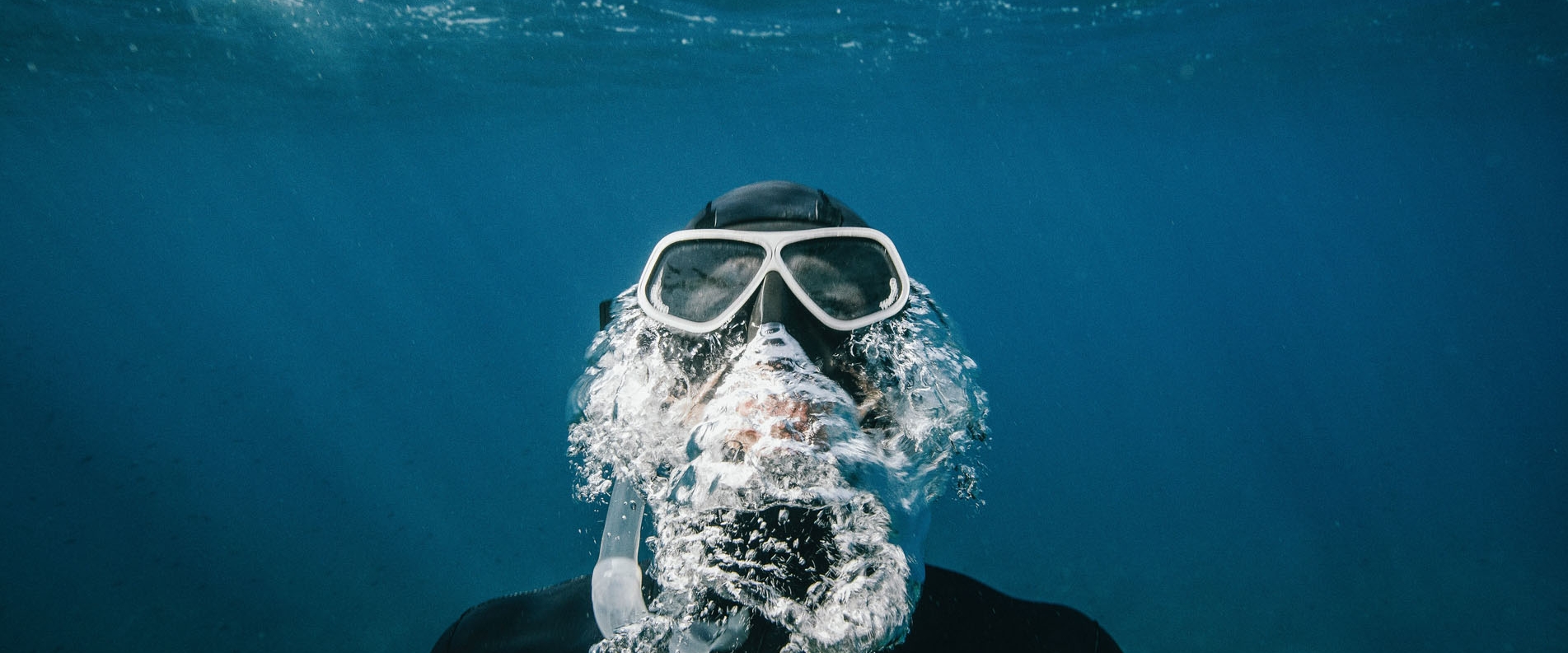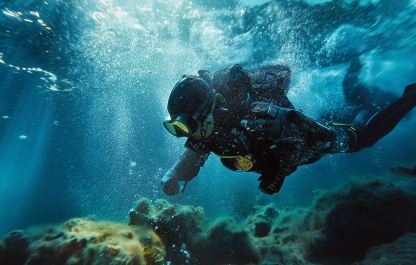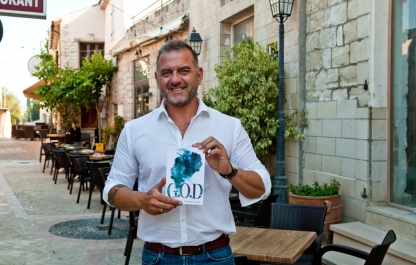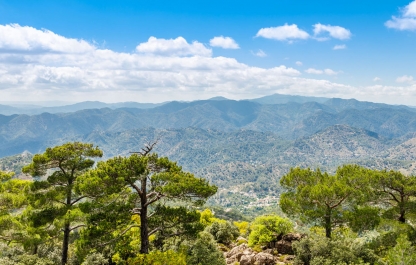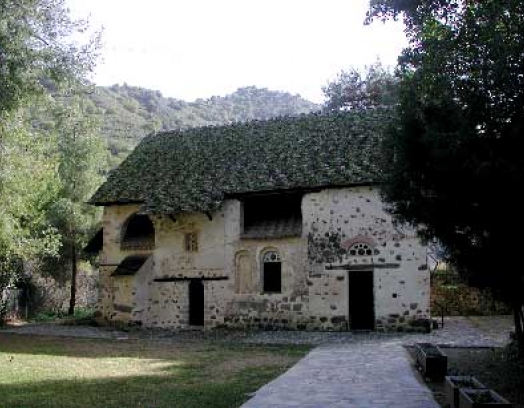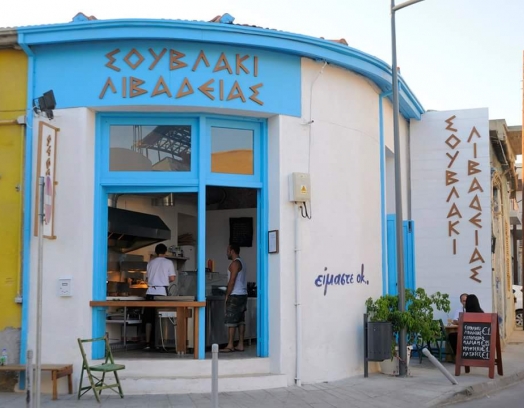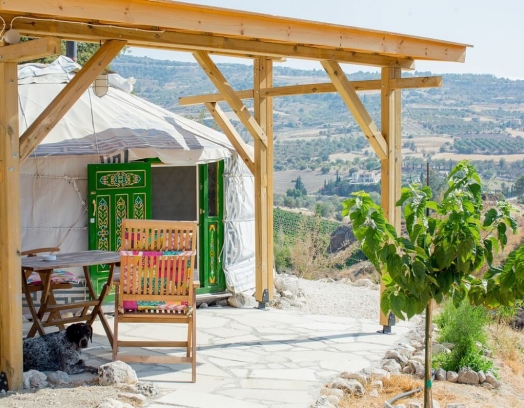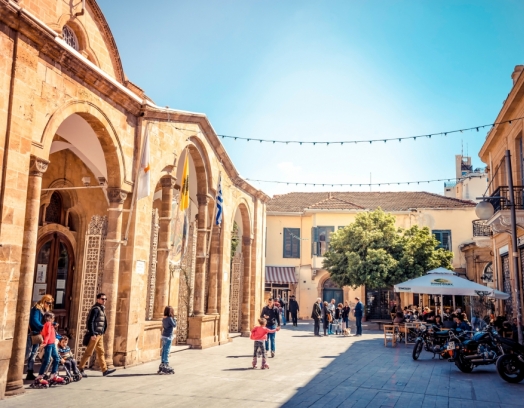What should you expect from your very first scuba dive? Cyprus attracts visitors not only with its relaxed beach holidays but also with a wide range of active pursuits. One of the most popular is scuba diving. Thanks to the island’s well-developed diving industry, even complete beginners can immerse themselves in the underwater world of the Mediterranean.
While Cyprus cannot rival tropical seas in terms of biodiversity, its warm, crystal-clear waters make for a comfortable introduction. And the island’s greatest underwater attraction — shipwrecks resting just off the coast — draws divers from around the world.
I decided to dedicate one of my holidays to trying this adventure for myself and began searching for the best place for my first dive.
Choosing a Resort for Diving
Calm, warm seas, sandy beaches, high levels of safety and first-class service at reasonable prices all make Cyprus one of the Mediterranean’s most popular destinations. Resort towns offer a wide choice of activities, and many travellers opt for scuba diving.
One big advantage for international visitors — particularly Russian-speaking holidaymakers — is the presence of instructors who teach in multiple languages. Removing the language barrier makes it easier for both adults and children (from 10 years old) to quickly master the basics of diving.
Among the resorts with accessible dive sites, a few stand out:
Protaras
In the southern outskirts of Protaras lies Green Bay, a favourite spot for both beginners and experienced divers returning after a break. The entry is from the shore, which makes it especially convenient for families. The maximum depth is 11 metres.
On the seabed of Green Bay you’ll find an underwater sculpture park: statues of ancient gods installed at a depth of around 10 metres. Local fish and turtles are so accustomed to divers that they will even eat from your hand.

Nearby is another dive site known as Green Bay 2. Its main highlight is a cave in the cliff. Experienced divers can explore the cave to depths of 18 metres, while beginners use the site for training and practice.
In 2013, the authorities sank the fishing vessel Nemesis III to create an artificial reef and attract wreck-diving enthusiasts. The site can only be reached by boat, with a maximum depth of 24 metres.
Ayia Napa
On the south-eastern coast of Cyprus lies the resort of Ayia Napa. About 20 kilometres from the town is Cape Greco, a protected natural reserve. The cape is popular not only with divers but also with families: it has picnic areas, viewpoints, a visitor centre, and both cycling and walking trails.
The shallow waters close to the shore provide excellent conditions for beginners to take their first diving course safely.
Just off Cape Greco lies an underwater canyon. Despite its modest depth — only 17 metres — the site is reserved for experienced divers. Towering rock formations create a natural labyrinth, home to a diverse array of marine life. Entry is from the shore, but only in calm weather with good visibility.
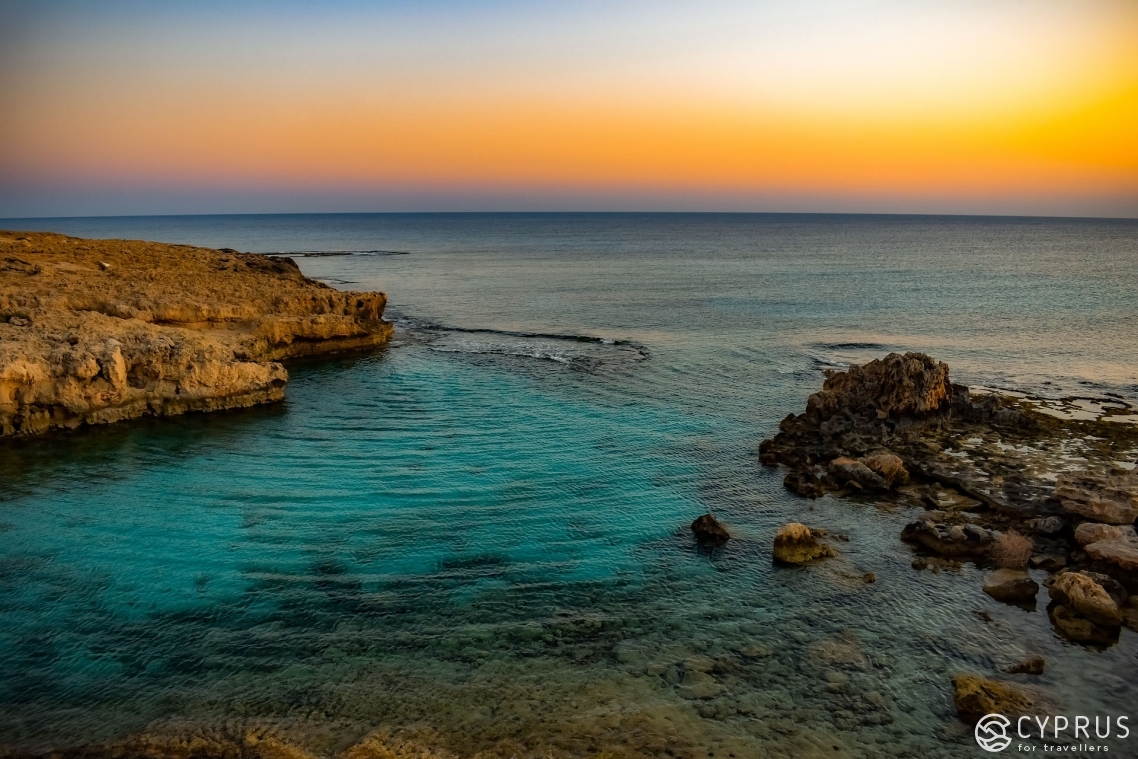
Close to the resort is another popular site, Konnos Bay, which offers two different types of dives.
- The first is ideal for beginners, with a maximum depth of 14 metres. Here you can spot schools of groupers, moray eels, barracudas and flutemouths.
- The second route is only for certified divers with additional training. This dive starts from the shore, following the seabed’s contours down to 30 metres. Its main feature is a huge underwater boulder, over 10 metres high. Professional divers love leaping from the top of this boulder, enjoying a thrilling moment of weightlessness.
As part of Cyprus’s artificial reef programme, a police patrol boat called Kyrenia was deliberately sunk here in 2015 at a depth of 20 metres. Today it is a favourite site for beginners who want to practise their wreck-diving skills.
Larnaca
The resort city of Larnaca is world-famous for wreck diving — exploring sunken ships that have become artificial reefs. Wreck diving requires specific training and strict adherence to safety rules, so beginners are usually limited to viewing wrecks from the outside, while advanced divers can explore their interiors.
The most legendary site here is the Zenobia ferry, which sank in Larnaca Bay in 1980. The vessel is 172 metres long and 28 metres wide. She now rests on her port side, which allows advanced divers to descend as deep as 42 metres, while beginners can view the wreck safely from around 16.5 metres. What makes Zenobia unique is that she went down with her entire cargo. To explore her fully, more than 12 different dive routes have been established.
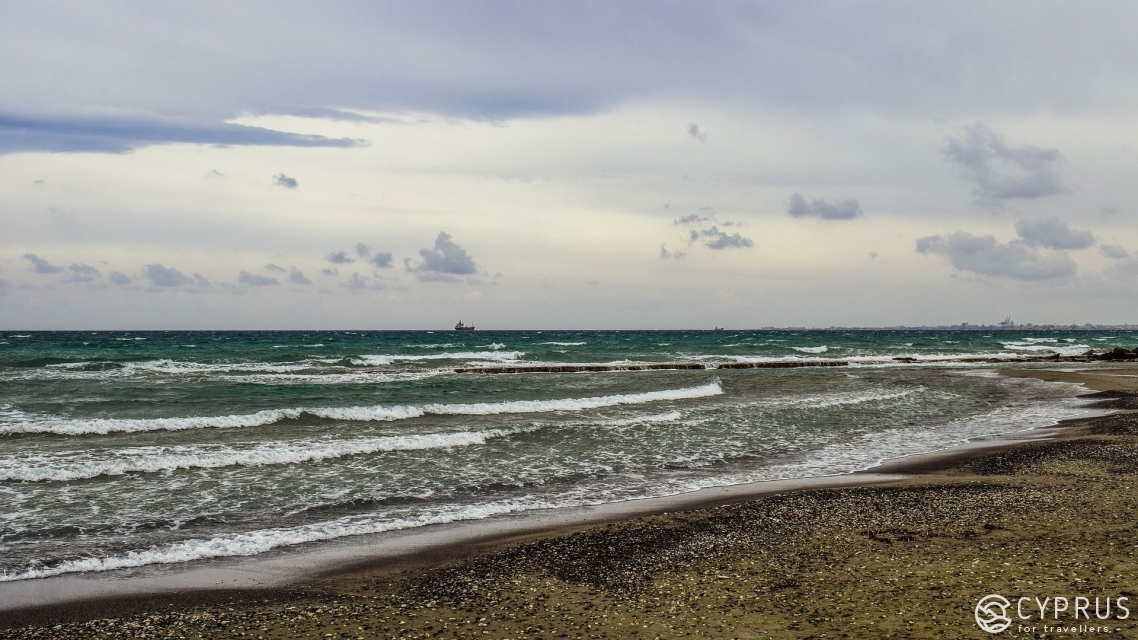
Another site is the fishing vessel Alexandria, which lies at 30 metres. This dive is suitable only for experienced divers. It takes around 30–40 minutes to explore the wreck, which is now almost entirely covered in coral growth and home to numerous species of fish.
To the north-east of Larnaca lies the HMS Cricket, a gunboat resting at 33 metres. Measuring 35 metres in length, it sank after sustaining a massive hole in the hull. That gaping breach remains the only access point for divers entering the wreck.
In addition, local authorities sank the Russian vessel Liberty to create another artificial reef and attract diving enthusiasts. The ship is 26 metres long and lies on a sandy seabed at 27 metres. Nearby, renowned Russian adventurer Fyodor Konyukhov erected a cross, while local divers added a statue of the Virgin Mary, turning the site into a striking underwater memorial.
Paphos
The coastline around Paphos offers several fascinating dive sites — some even sharing the same name.
The first is Amphorae Reef, where ancient Greek galleys sank with their cargo centuries ago. Today, at a depth of just 10 metres, divers can still see pottery fragments from that time scattered on the seabed.
Nearby are the Amphorae Caves, located at 12 metres. Dives here usually start from the shore. Beginners often practise in the shallows and enjoy the view of the caves from outside, while advanced divers can venture inside. One of the caves is especially striking: its ceiling is lined with amphorae.
Another unique site is the Devil’s Hair rock formation. It takes its name from the long corals that twist into different shapes and sway in the current like strands of hair.
For wreck-diving fans, the Achilleas, a Greek vessel that mysteriously sank in 1975, lies waiting to be explored.
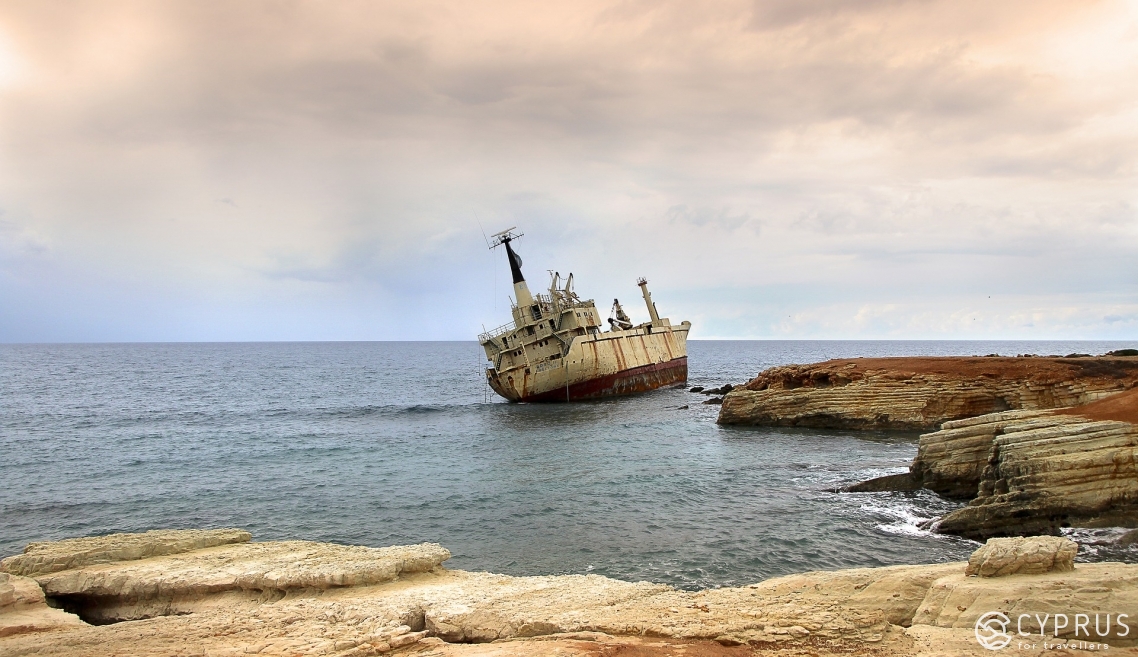
Diving in Cyprus is popular not just for its variety of sites but also for the favourable conditions: in summer, water temperatures reach 26°C, the gently sloping sandy seabed makes for easy entry, visibility can extend up to 40 metres, and there are no strong currents. This combination makes the island an ideal and safe place for both beginners and recreational divers.
Choosing a Diving Centre
Just as important as choosing a resort is deciding on a reliable diving centre. If you want your first dive to be unforgettable — and safe — it’s essential to train with professionals.
The most well-known club in Cyprus is Undersea World, with branches in Larnaca, Ayia Napa and Protaras. For Russian-speaking visitors, its biggest advantage is that the instructors speak your language. Learning in your mother tongue makes the process faster and more comfortable.
Other respected centres include Poseidon Dive Centre and Scuba Tech Diving Centre in Protaras, and Marine Divers and Diving in Cyprus in Paphos. These are perfect for those who are confident in English. Many centres also take an active role in developing diving on the island, making it safer for tourists by investing in modern equipment, offering training both in swimming pools and open water, and ensuring thorough preparation before every serious dive.
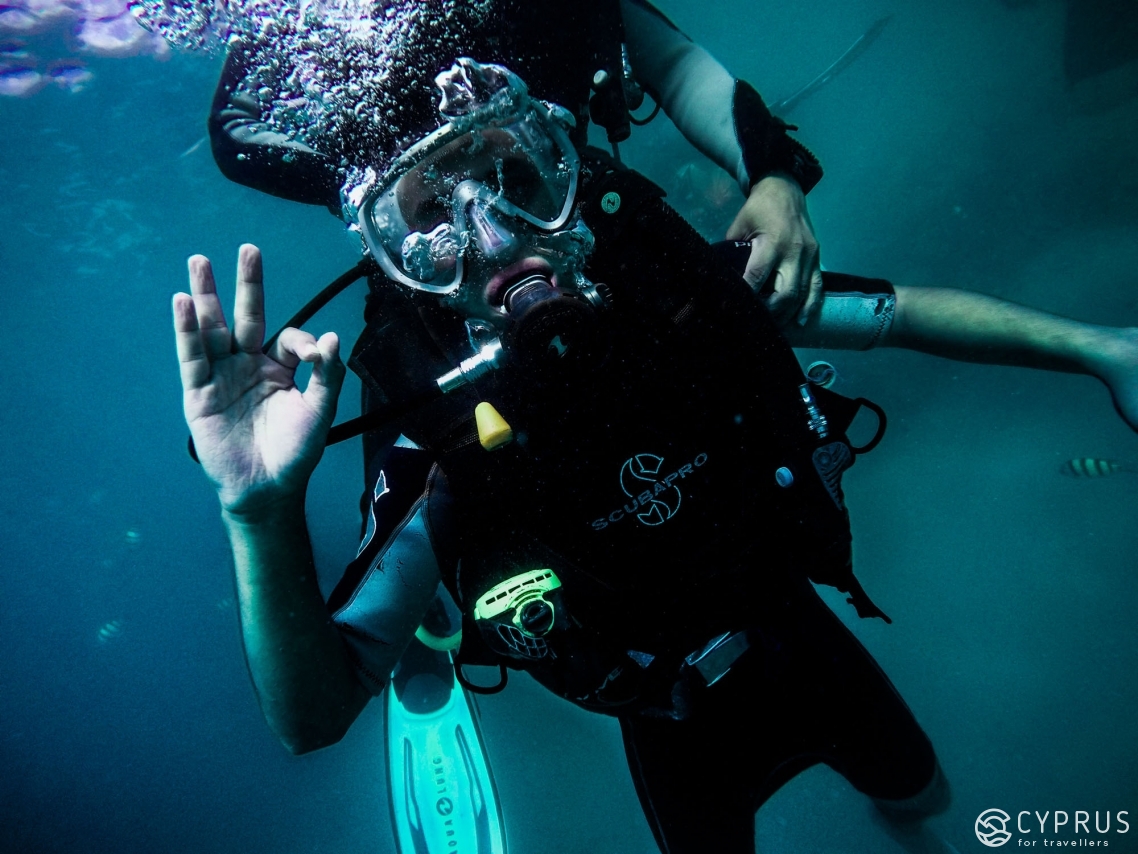
The best option is to book your dive centre together with your holiday package through a tour operator. This way you won’t lose valuable days of your trip searching for a licensed club with proper equipment. When you book in advance, a certified instructor will be waiting for you on the scheduled day with all the necessary gear, ready to train you according to international PADI standards and guide you to Cyprus’s most popular dive sites.
Diving Insurance
If you’re planning to go diving in Cyprus, don’t forget about diving insurance. Reputable travel agencies usually offer it alongside standard medical insurance. This ensures that, in the event of an accident, the insurance company will cover the costs of any necessary medical care..
Learning to Dive
I chose to begin my holiday in the resort town of Protaras. Through a travel agency, I booked the Open Water Diver training course at the Undersea World diving centre. The cost was $300. The day after my arrival, I went straight there.
For someone who has never dived with scuba gear before, the first step is a theory session. This covers the basic rules of diving:
Breathing correctly
At depth, the air in your lungs compresses, and when you ascend it expands again. To avoid lung injuries, you must breathe slowly and deeply, never holding your breath.
Getting to know the equipment
Every beginner is provided with a full diving kit: wetsuit, fins, mask, snorkel, buoyancy compensator (BCD), air tank and regulator. The tank I was given held 12 litres of air at 100 atmospheres — and felt surprisingly heavy. In class we were taught how to regulate airflow and use the reserve valve. In practice, most beginners also face another problem: water leaking into the mask, or the mask fogging up. This can easily cause panic during a first dive. To prepare us, the theory lessons included special exercises for clearing the mask and restoring visibility.
Communication underwater
Divers communicate using a universal system of hand signals, which must be memorised before training begins. These allow you to tell your instructor or buddy if you run into problems. For an extra fee, it’s possible to use special equipment for voice communication underwater.
Restrictions on taking artefacts
Cyprus has strict rules protecting its underwater heritage. It is forbidden to remove artefacts from the seabed, as well as to collect corals, shells or stones. Attempting to take them out of the country can lead to serious fines at customs, as inspections are carried out in cooperation with the Department of Antiquities. The only permitted souvenirs are shop-bought shells or coral items, provided you keep the receipt. To protect reefs, tourists are also asked not to use sunscreen before diving.
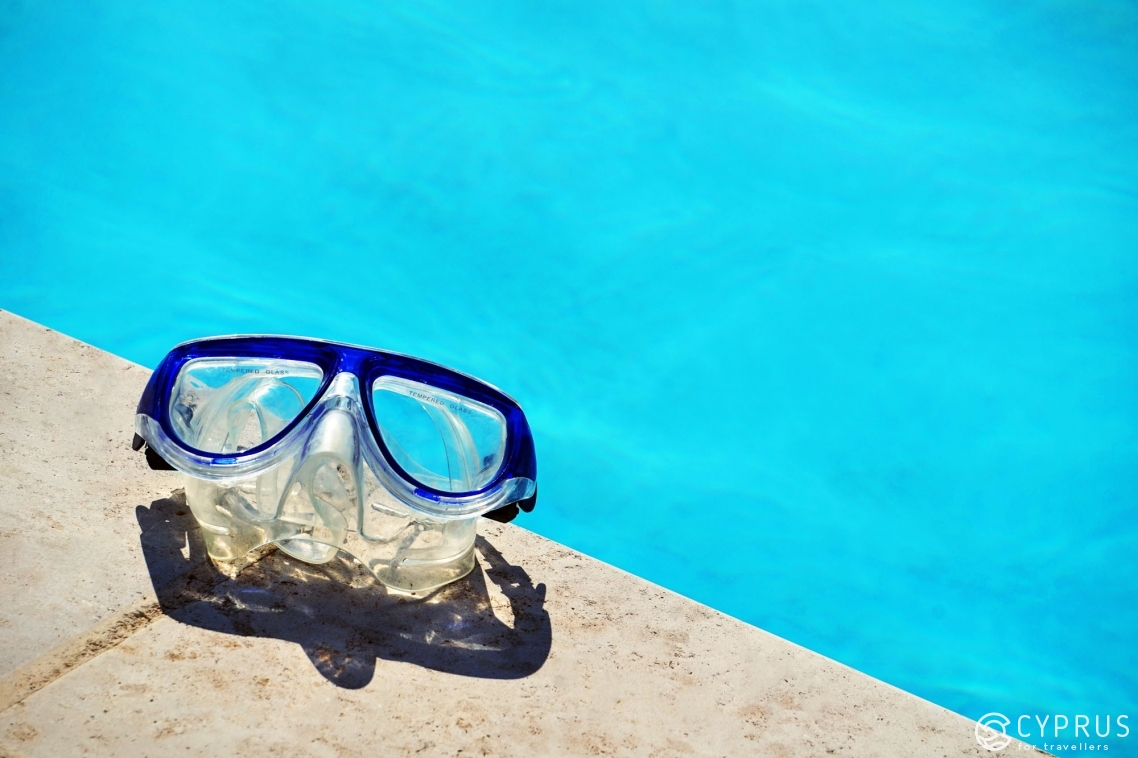
Pool Training
After the lectures comes practice in the swimming pool. To take part, you must be healthy and able to swim. Training includes exercises such as:
- Correctly putting on equipment and checking that it works properly
- Gliding smoothly through the water
- Adjusting buoyancy using the BCD
- Controlled descents and ascents
- Simulated emergency situations underwater
A beginner must complete all the exercises correctly and demonstrate calm behaviour in simulated stressful conditions — the kind of problems that can occur through inexperience.
After several pool lessons, the instructor assembles a group for open water practice. With good preparation, students are awarded their first certificate, allowing them to dive independently at shallow depths.
The step-by-step PADI Open Water Diver programme is designed to build confident, safety-conscious divers who can react instantly and effectively to any issues underwater.
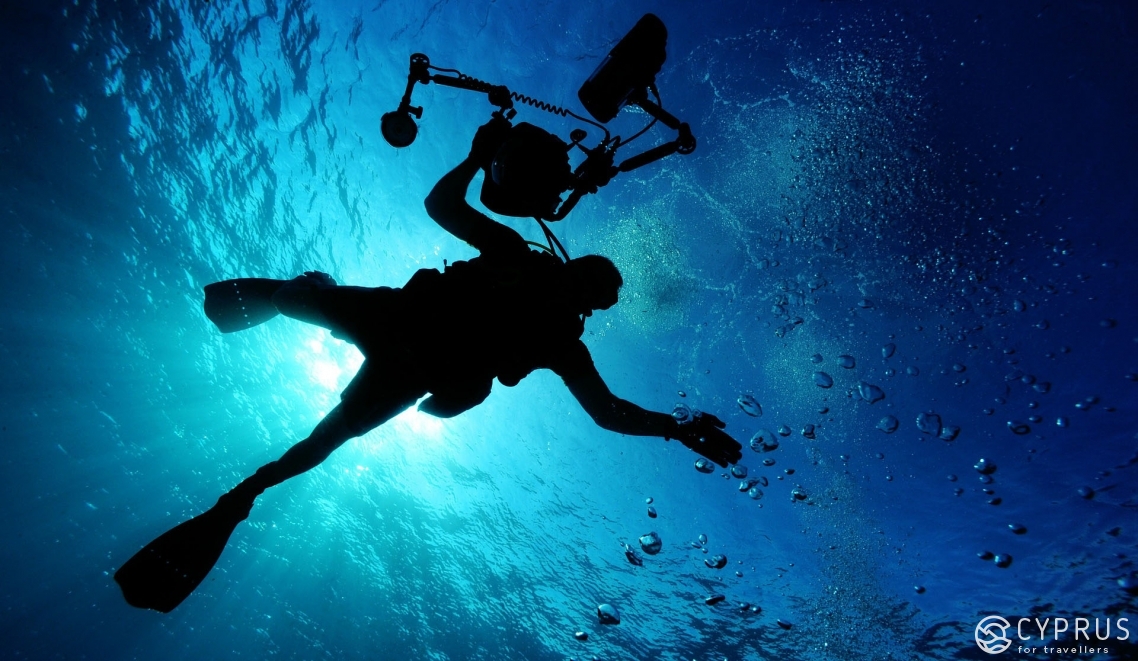
The First Dive
After two days of lessons and pool practice, I finally felt mentally and physically ready for my first open-water dive. The location was Green Bay. According to the club’s rules, I first had to sign a consent form confirming that I was diving voluntarily.
The instructor then provided me with my gear: a wetsuit and fins in the right size, and a mask that had to hold firmly against my face with just a single breath — no strap required. On the shore we discussed and planned the route. Then came the buddy check to make sure all equipment was in working order.
Before entering the water, my instructor once again reminded me of the key diving rules, advised me to relax, and gave the signal to begin. The seabed near Protaras is sandy and gently sloping, which makes the entry very smooth. Step by step, I descended into the warm, crystal-clear water.
The training sessions in the pool and shallow water had paid off — I focused on maintaining neutral buoyancy. As we went deeper, I felt pressure building in my ears. To fix it, I pinched my nose and exhaled gently, equalising the pressure right away.
With the problem solved, I followed the instructor. At five metres down I already felt as if I’d landed on another planet. Coral reefs in extraordinary shades stretched out around me, and shoals of colourful fish flashed past — some darting quickly, others gliding slowly. I tried to keep calm despite my excitement and remembered to check the air supply in my tank.
Satisfied that everything was under control, my instructor led me deeper to show me the statues of ancient Greek gods.
For the first time, I experienced the sensation of true weightlessness. At a depth of 10–11 metres, after giving me time to admire Green Bay’s main attraction, the instructor signalled that it was time to ascend. I remembered to rise slowly and steadily, without sudden movements.
A couple of minutes later, we were back on the surface. My head spun slightly — but I’m convinced it was from sheer happiness at having dared to try such an extreme adventure.

Further Training
Your first dive is something you never forget. For many, it’s just the beginning — the moment they decide to continue training in order to go deeper and try new types of diving:
Diving safaris
A holiday entirely dedicated to diving. You charter a yacht equipped with everything you need, accompanied by a guide who takes you to the most exciting sites.
Wreck diving
Exploring challenging environments such as underwater caves or shipwrecks. These sites can be hazardous: an inexperienced diver might get lost in a labyrinth of passages or snag on a rusty hook. Panic in such conditions can quickly become life-threatening. Wreck diving should only be attempted by divers confident in their skills and training.
Drift diving
One of the most extreme forms of diving, where you let yourself be carried by underwater currents. It requires focus and control to fully enjoy the exhilarating sensation of weightless flight.
Night diving
An unforgettable experience. At night, the underwater world transforms: coral reefs take on eerie shapes, while rare sea creatures roam the seabed under the beam of your torch.
For many, diving evolves from a holiday activity into a lifelong hobby, even a passion.
Diving gives a profound sense of freedom. The focus required during a dive helps you reconnect with yourself, concentrate on your own thoughts and desires, and disconnect from the noise of the outside world.
Beyond unforgettable impressions, diving also benefits your health: it increases lung capacity, improves circulation, strengthens muscles in the legs, back and core, builds endurance and boosts your mood.
I didn’t take up diving by chance — I had a deep wish to see the underwater world as the natural home of its creatures. That wish came true. And I don’t think I’ll stop here: I’m determined to continue learning and exploring diving as an adventure sport.
If you ever have the chance to learn scuba diving and descend beneath the surface, don’t miss it. The mysteries of the Mediterranean are waiting to be discovered.

